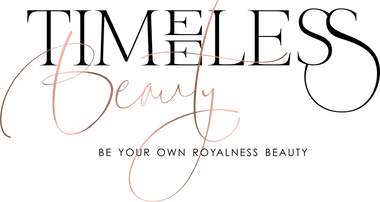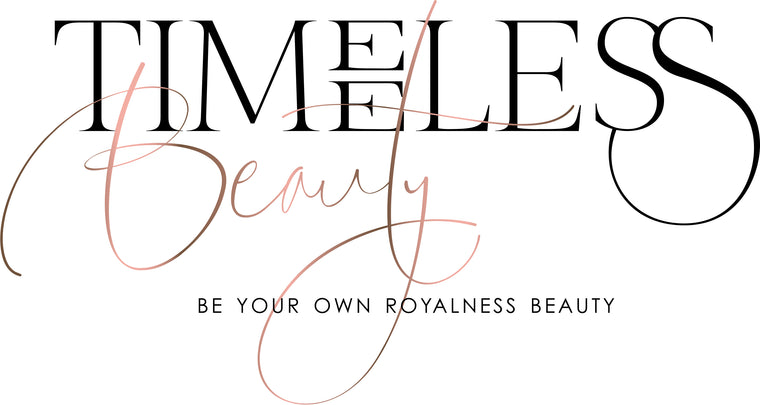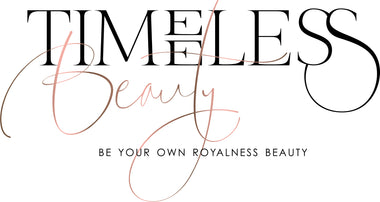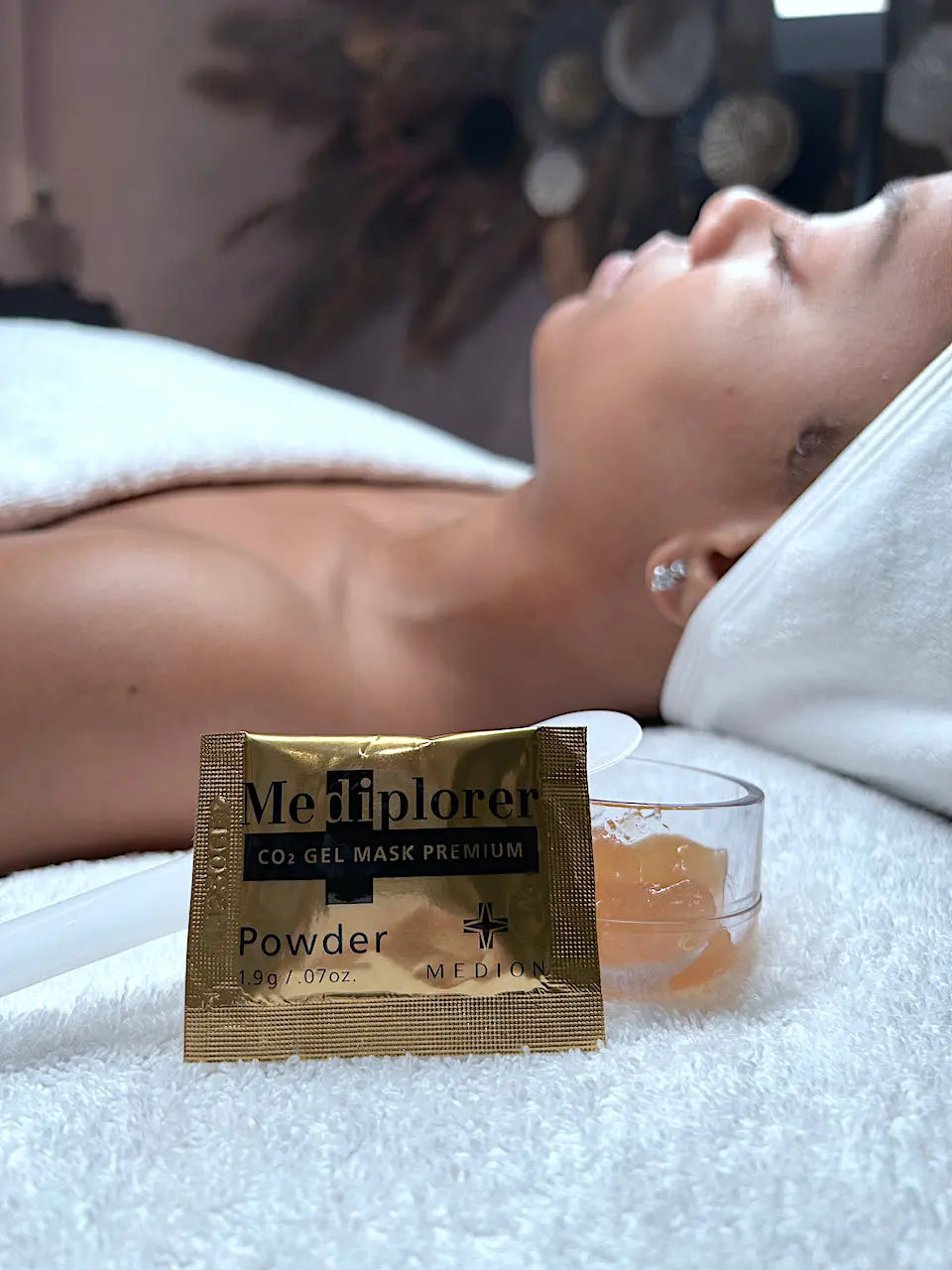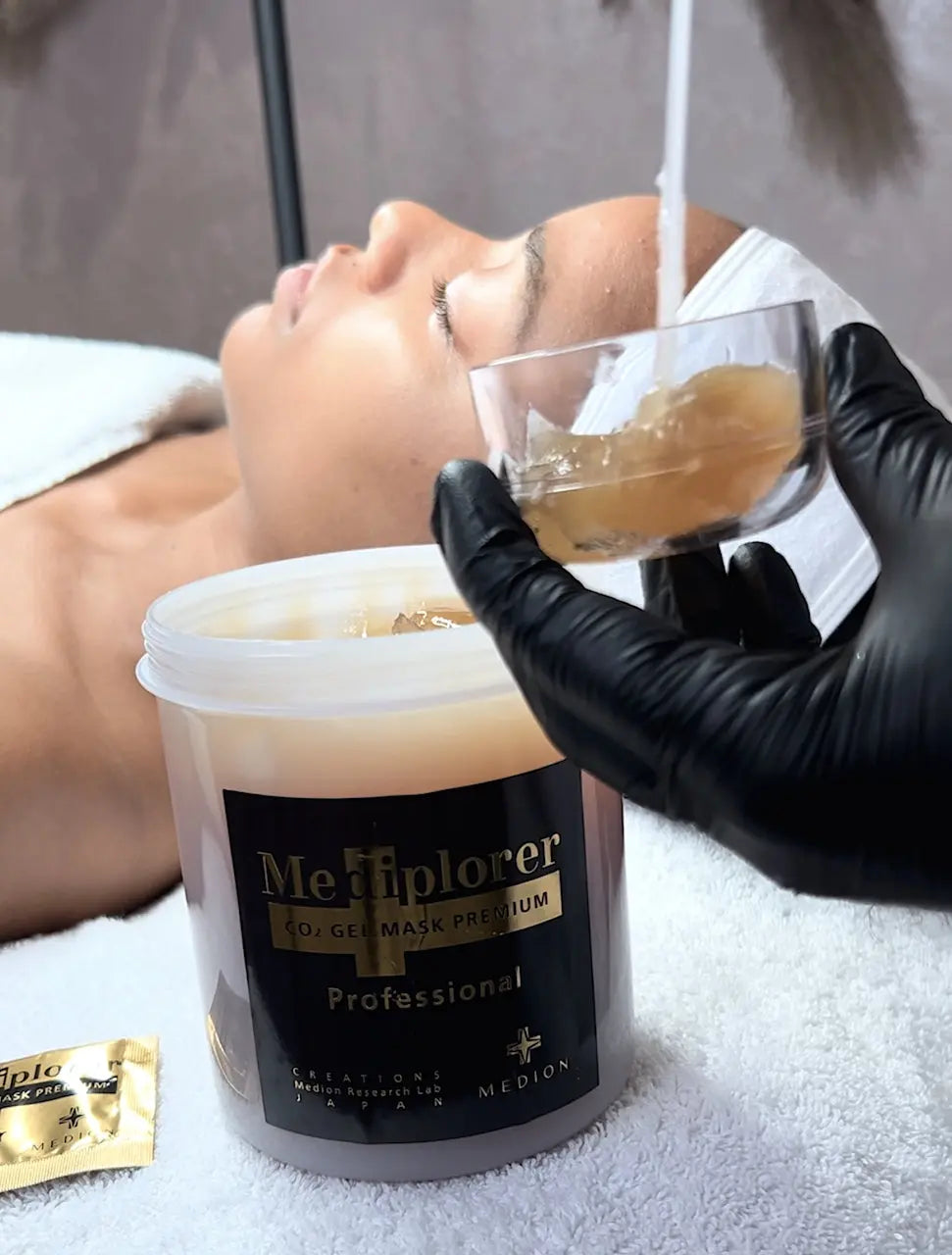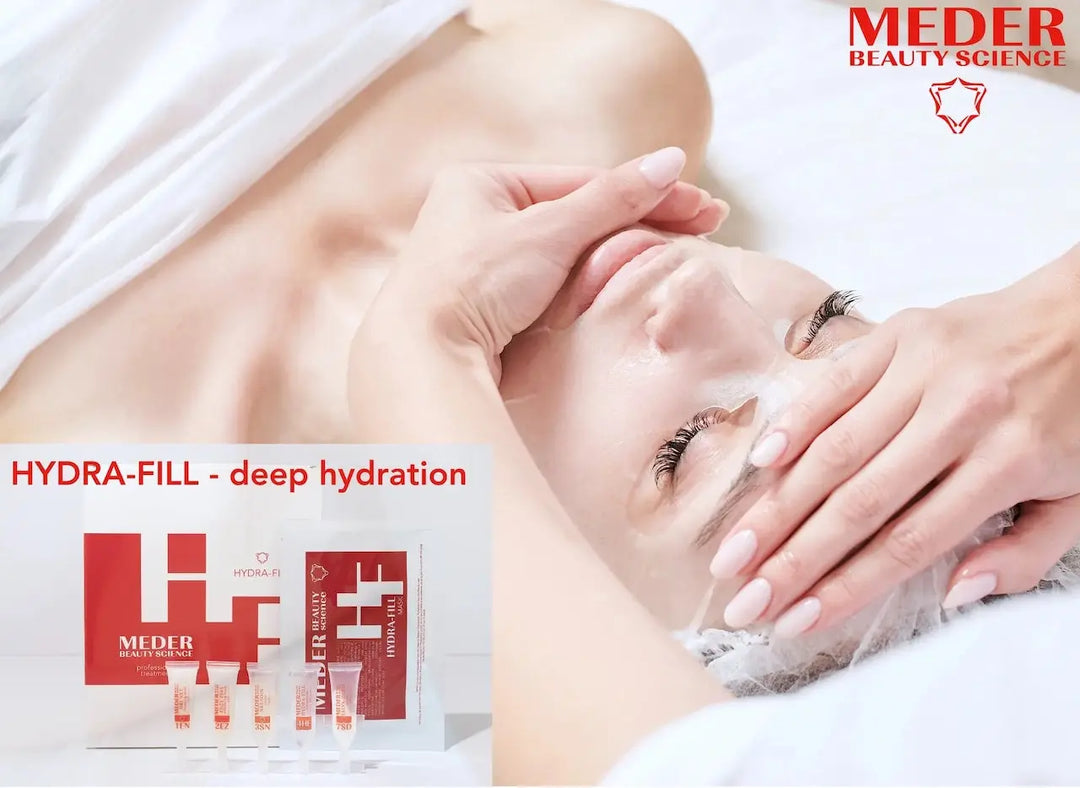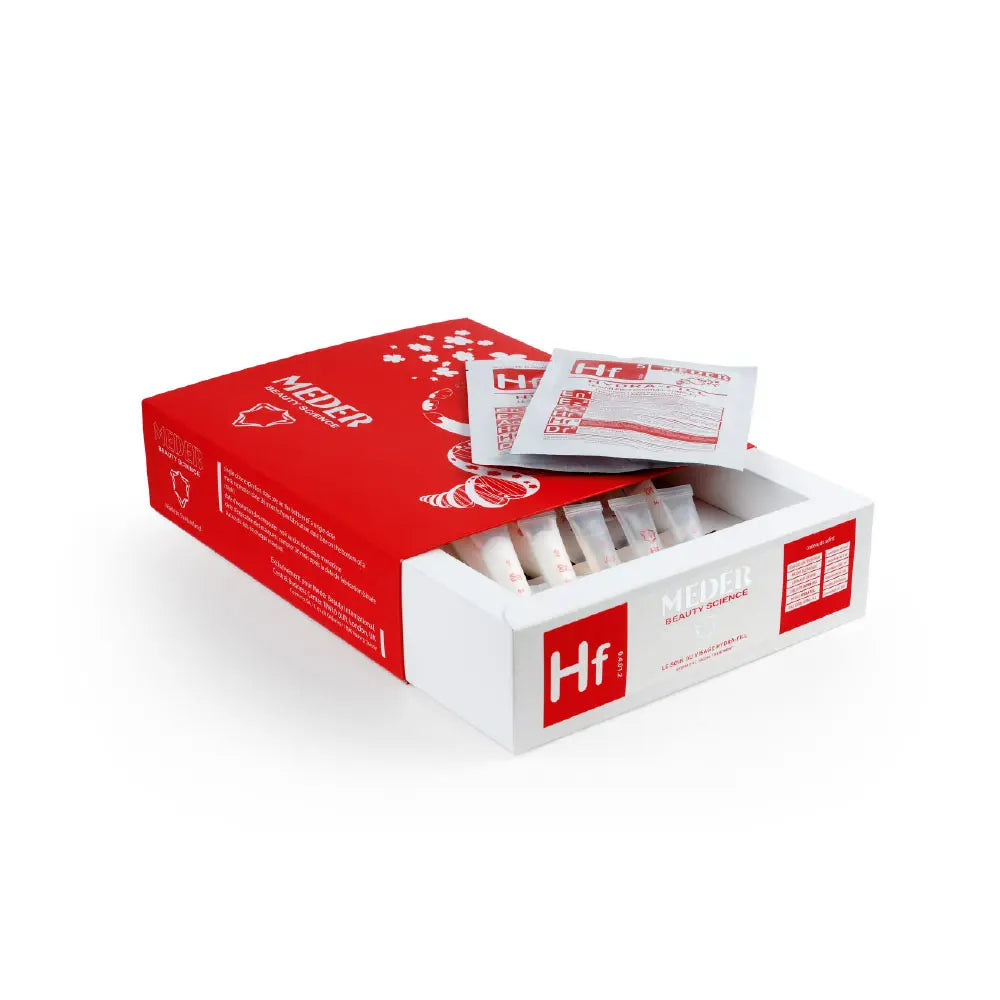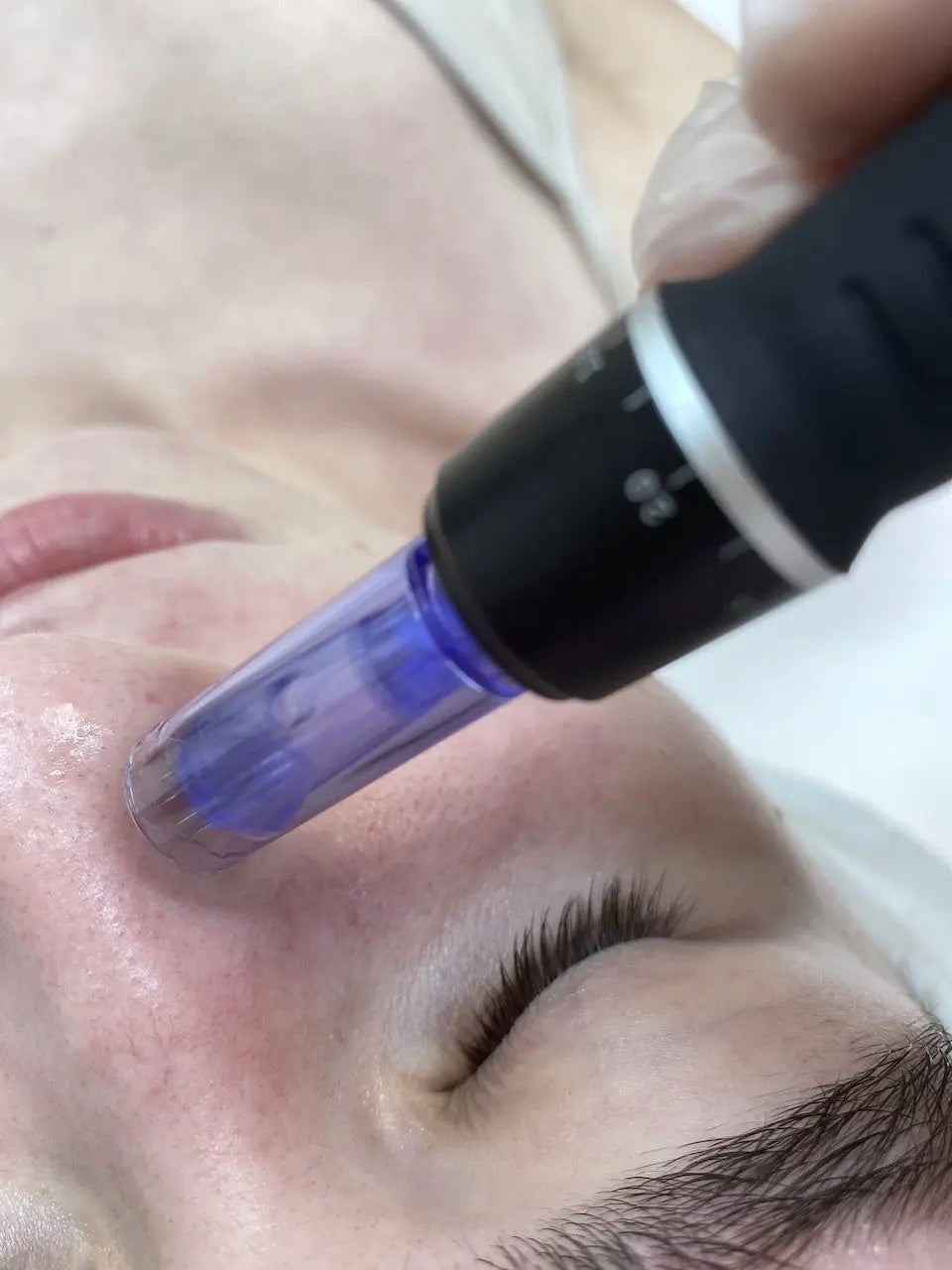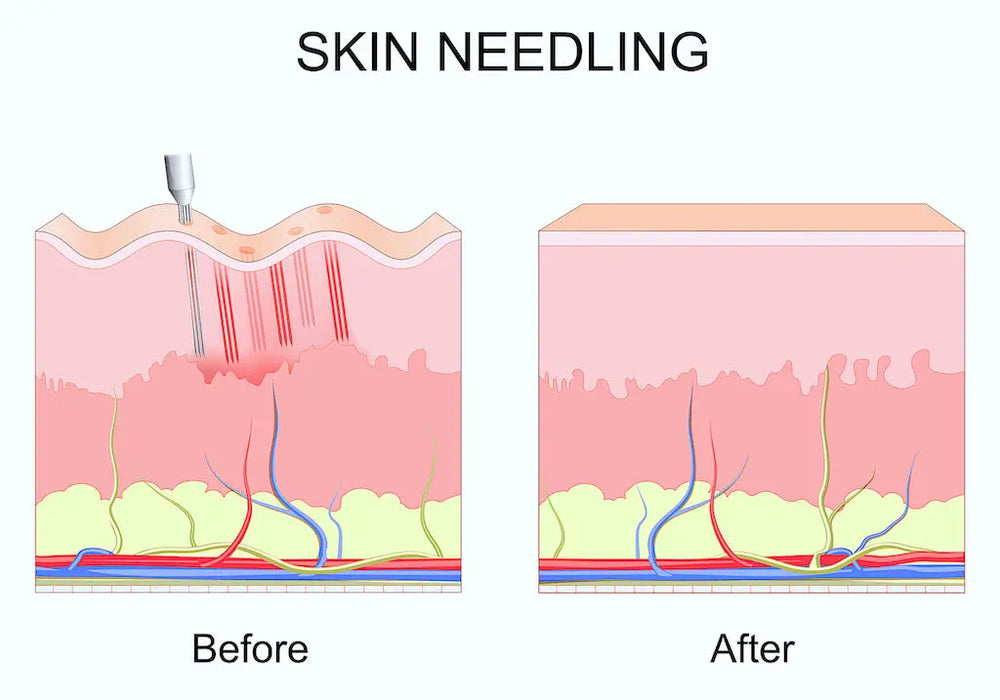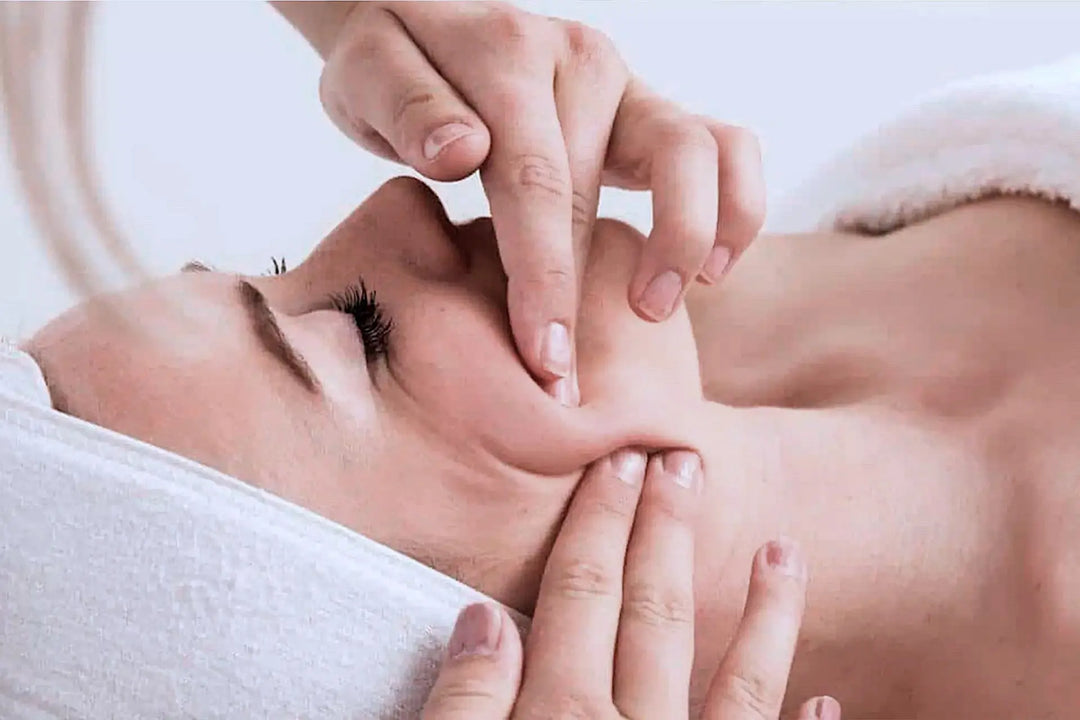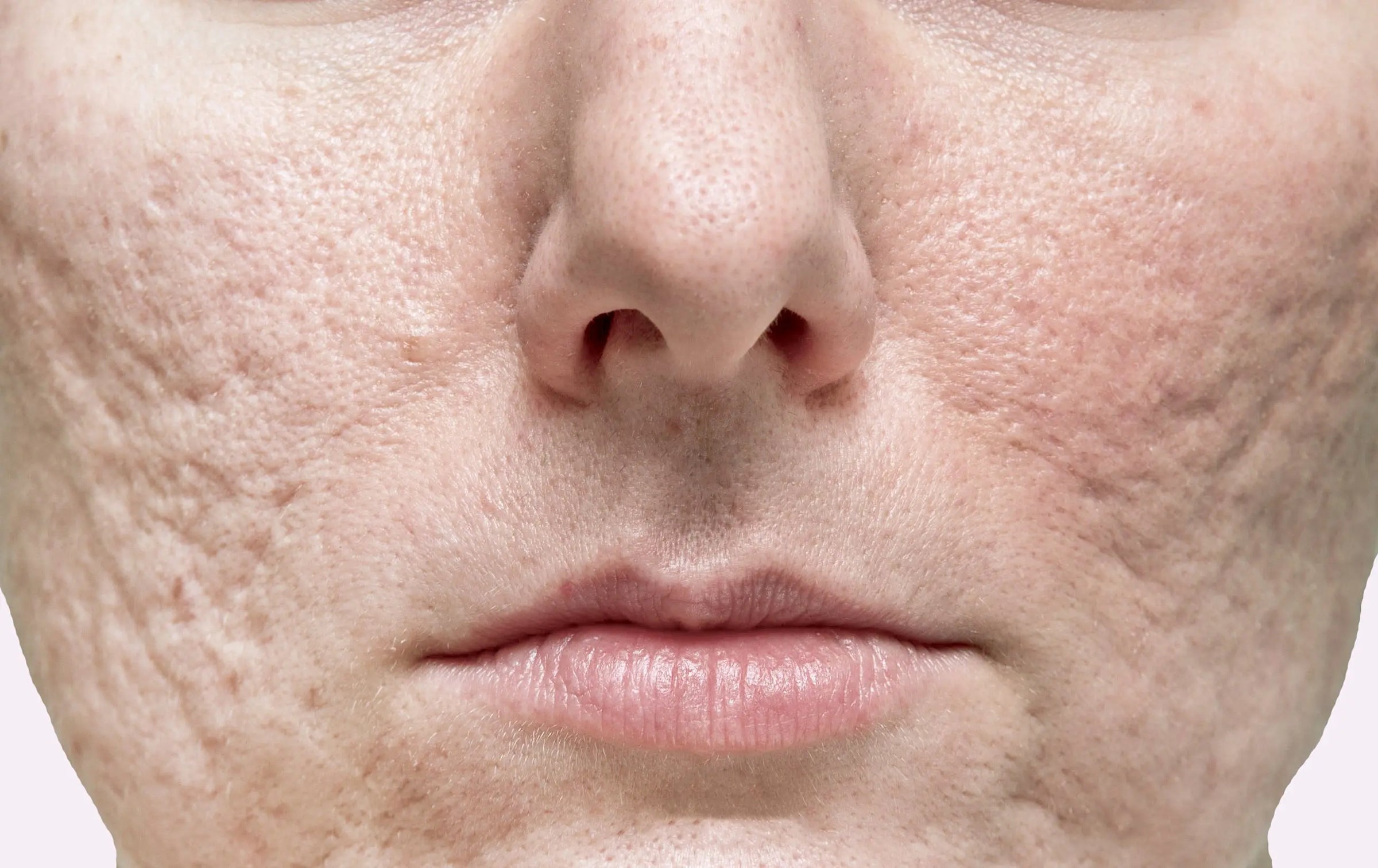
SCARS
The Science of Scars
Flat scars
Feloid scars
Raised scars
Hypertrophic scars
Stretch marks
Acne scars
About Scars
Scars are marks that remain on the skin after a wound or injury has healed.
Scars are fibrous tissues that form during the wound healing process in the skin or other tissues of the body. They result from the deposition of collagen fibers to repair damaged tissue after an injury, surgery, or other trauma.
Scars differ from normal skin in texture and appearance and may vary in color, thickness, and texture depending on factors such as the extent of the injury and the individual's healing process.
Some common types of scars include:
Hypertrophic Scars: These scars are characterized by an overproduction of collagen during the healing process, leading to raised and thickened tissue at the site of the injury. They often appear red or pink and may be itchy or painful.
Keloid Scars: Similar to hypertrophic scars, keloid scars result from an excessive production of collagen. However, keloids extend beyond the boundaries of the original wound and can grow larger over time. They may be raised, shiny, and rubbery in texture, and they tend to recur even after treatment.
Atrophic Scars: Atrophic scars are characterized by a loss of tissue, resulting in depressed or sunken areas on the skin's surface. They commonly occur as a result of conditions such as acne or chickenpox.
Contracture Scars: Contracture scars occur when large areas of skin are lost or damaged, leading to tight, constricted tissue that may restrict movement. These scars often result from burns and can affect underlying muscles and nerves.
Stretch Marks (Striae): Stretch marks are a type of scar that develops when the skin is stretched rapidly, causing the collagen and elastin fibers to rupture. They appear as streaks or lines on the skin's surface and are commonly associated with pregnancy, weight gain, or rapid growth during puberty.
Acne Scars: Acne scars result from inflammation and damage to the skin caused by severe acne. They can manifest as depressed or raised areas on the skin and may vary in shape and size.
Treatment for scars often involves a combination of medical and cosmetic interventions aimed at improving their appearance and minimizing associated symptoms.
Topical Treatments: Various topical formulations containing ingredients such as silicone, vitamin E, onion extract, and alpha hydroxy acids have been shown to improve the appearance of scars. These treatments may help to flatten raised scars, reduce redness, and improve overall texture.
Corticosteroid Injections: Intralesional corticosteroid injections are commonly used to treat hypertrophic and keloid scars. Corticosteroids help to reduce inflammation and suppress collagen production, leading to a flattening of the scar tissue.
Laser Therapy: Laser treatments, such as fractional laser therapy and pulsed dye laser therapy, can effectively target different types of scars, including hypertrophic, keloid, and atrophic scars. Laser therapy works by stimulating collagen remodeling and promoting tissue regeneration, leading to smoother and more even-toned skin.
Surgical Excision: Surgical excision may be recommended for certain types of scars, particularly keloids and large hypertrophic scars. During the procedure, the scar tissue is surgically removed, and the wound is closed with sutures. Adjuvant therapies, such as corticosteroid injections or radiation therapy, may be used following surgical excision to prevent scar recurrence.
Microneedling: Microneedling, also known as collagen induction therapy, involves using a device with fine needles to create controlled micro-injuries in the skin. This stimulates the production of collagen and elastin, leading to improved skin texture and reduced appearance of scars.
Dermal Fillers: Dermal fillers containing hyaluronic acid or other biocompatible materials can be injected into depressed scars to restore volume and smooth out the skin's surface. This approach is commonly used to treat atrophic scars, such as those caused by acne.
Pressure Therapy: Pressure therapy involves applying pressure to scars using specialized garments or dressings. This technique is particularly effective for preventing and treating hypertrophic and keloid scars by reducing collagen synthesis and promoting scar maturation.
Facial treatments for scars aim to improve the appearance of scars on the face:
Chemical Peels: Chemical peels involve the application of a chemical solution to the skin to exfoliate the outer layers and promote regeneration of new skin cells. This can help improve the appearance of acne scars, pigmentation irregularities, and fine lines on the face.
Microdermabrasion: Microdermabrasion is a non-invasive procedure that uses a handheld device to exfoliate the outermost layer of the skin. It can help reduce the appearance of superficial scars and improve skin texture and tone.
Microneedling: Microneedling, also known as collagen induction therapy, involves using a device with fine needles to create controlled micro-injuries in the skin. This stimulates collagen production and helps to remodel scar tissue, resulting in smoother and more even skin texture.
Laser Therapy: Various laser treatments, such as fractional laser therapy and intense pulsed light (IPL) therapy, can be effective for treating different types of facial scars, including acne scars and pigmentation irregularities. Laser therapy works by targeting specific areas of the skin to stimulate collagen production and promote skin regeneration.
Connective tissue massage or deep tissue massage: can be beneficial for scars. This type of massage therapy involves applying sustained pressure and movement to the deeper layers of the skin and underlying connective tissue.
Platelet-Rich Plasma (PRP) Therapy: PRP therapy involves extracting platelets from the patient's own blood and injecting them into the skin to stimulate tissue repair and regeneration. It can be combined with microneedling or laser therapy to enhance the results of facial scar treatment.
Injectable Fillers: Injectable fillers containing hyaluronic acid or other biocompatible materials can be injected into depressed scars to restore volume and smooth out the skin's surface. This approach is commonly used to treat atrophic scars caused by acne or injury.
Topical Treatments: Topical products containing ingredients such as retinoids, vitamin C, niacinamide, and hydroquinone can help improve the appearance of facial scars by promoting collagen production, reducing inflammation, and lightening pigmentation.
Scars can deeply affect emotional well-being:
Self-Esteem: Scars may lower confidence.
Body Image: They alter body perception.
Anxiety/Depression: Scars can lead to stress and sadness.
Trauma Reminder: They recall past trauma.
Social Impact: Scars affect social life.
Coping Strategies: People develop ways to manage emotions.
Scars can have a profound impact on emotional well-being, influencing self-perception, social interactions, and overall quality of life. It's essential for individuals dealing with scars to seek support and resources to address the emotional aspects of scar management and promote healing both physically and emotionally.


